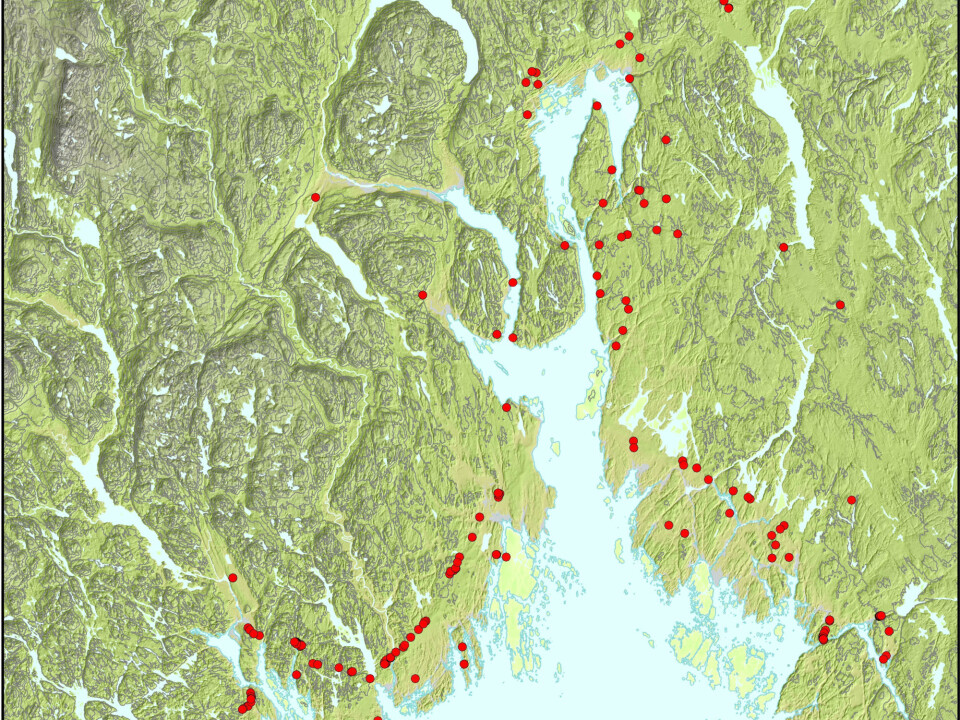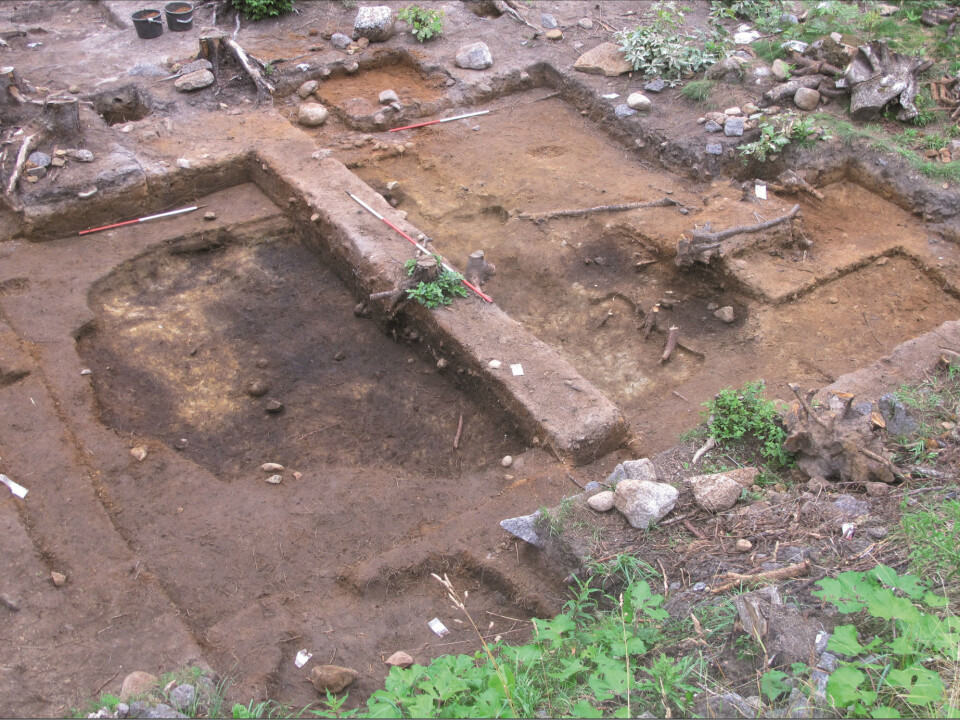
Life was good for Stone Age Norwegians along Oslo Fjord
Southeastern Norway is the most populous part of Norway today. Based on an analysis of more than 150 settlements along Oslo Fjord, the area apparently also appealed to Stone Age people.
Eleven thousand years ago at the end of the last ice age, Norway was buried under a thick layer of ice. But it didn’t take long for folks to wander their way north as the ice sheet melted away. The first traces of human habitation in Norway date from roughly 9500 BC.
Steinar Solheim is an archaeologist at the University of Oslo’s Museum of Cultural History who has worked on numerous excavations of different Stone Age settlements around Oslo Fjord. Now he and colleague Per Perrson have investigated longer-term population trends in the Oslo Fjord region, based on 157 different Stone Age settlements. All were inhabited between 8000 and 2000 BC.
The two researchers tried to determine whether the population during this time was stable, or if living conditions were better or worse for people who lived here during different periods.
A newly forested landscape
Solheim says that forests began to grow in this region after 9000 BC.

"The climate was also quite different, and it was probably a bit warmer than it is today,” he said. “We see a lot of hazel, alder, elm, and later oak, all of which are tree species that prefer warmer environments.”
This area of Norway was also much lower in elevation than it is today, since the weight of the glacial ice was enough to depress the land itself. That means the coastline at the time was also higher than it is today. Stone Age settlements were usually down by the water.
The people who lived here used wood to keep their fires going, and their cooking pits and fireplaces are among the few things that archaeologists can still find after many thousands of years.
But archaeological digs of the settlements also yield stone tools, residues from tool production and remainders from cooking fires. The charcoal from the fires can be used to date the site using radiocarbon dating.

In a new study, the researchers used all available dates —512 in total— from the settlements to draw conclusions about population trends for the region between 8000 and 2000 BC.
A stable life
The researchers used a method that relies on radiocarbon dates as an indication of the amount of human activity in an area.
The idea is to look at the temporal distribution of radiocarbon dates, to see whether the population has been stable or whether there have been major fluctuations in human activity. The researchers also used a simulation-based model to account for oversampling and for comparison.
The researchers use the simulation-based model to see whether dates from the archaeological sites show a stable population over time, or if the dates are actually more randomly distributed.
Using this approach, the researchers found that there was a stable, cohesive population in the Oslo Fjord area between 8000-2000 BC.
A little conundrum
There is also evidence of settlements that are older than this, but researchers have not found any charcoal, which makes it impossible to accurately date the settlements. This presents a bit of a conundrum, Solheim says.
"It is possible that they used something other than wood to cook with, such as blubber, but we just don’t know,” he said.
Solheim says that people may have been more mobile at the beginning of this period, but they eventually settled in more permanent locations.
“Eventually, you get a network of settlements, where some places are more specialized for hunting or fishing or for other resource use,” he said.
Solheim says that they also find traces of more permanent hut-like structures that are surrounded by berms or embankments.
A good life by the sea
If there was indeed a stable population over the millennia in the region, it means that the people living here lived well, Solheim said.
"It appears that they have managed to live quite well on the resources they found along the sea," says Solheim.
These populations also managed to survive through known climate anomalies that posed problems for other settlements during the same period.
One prominent example is the Finse event, also known as the 8.2 ka event, where there was a sudden and extreme drop in global temperatures starting around 6000 BC that persisted for two to four centuries.
This could have been catastrophic for people who lived here, but Solheim’s analysis shows that the population in the region remained stable in spite of the sudden deep freeze.
-------------------------------------
Read the Norwegian version of this article at forskning.no.
































